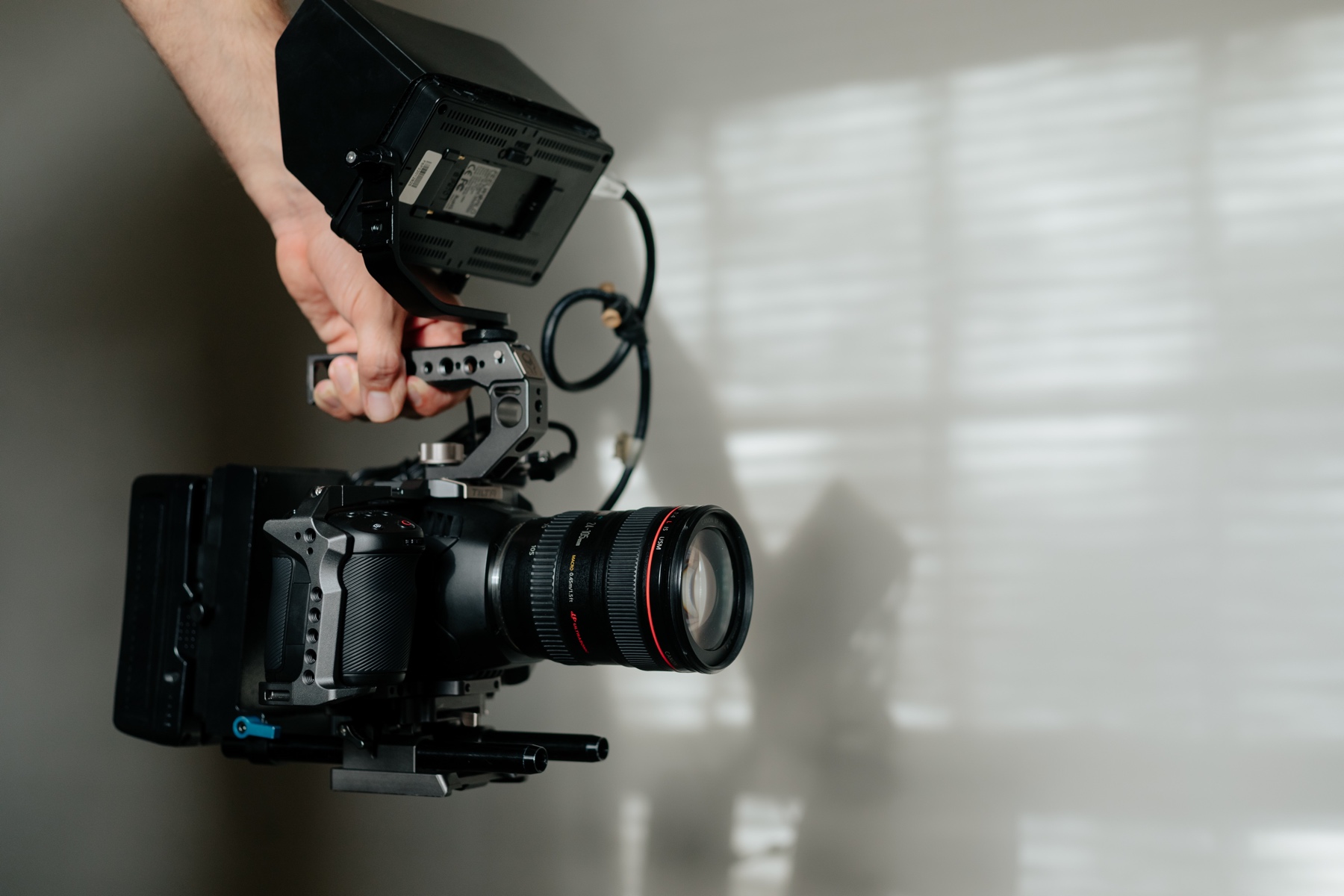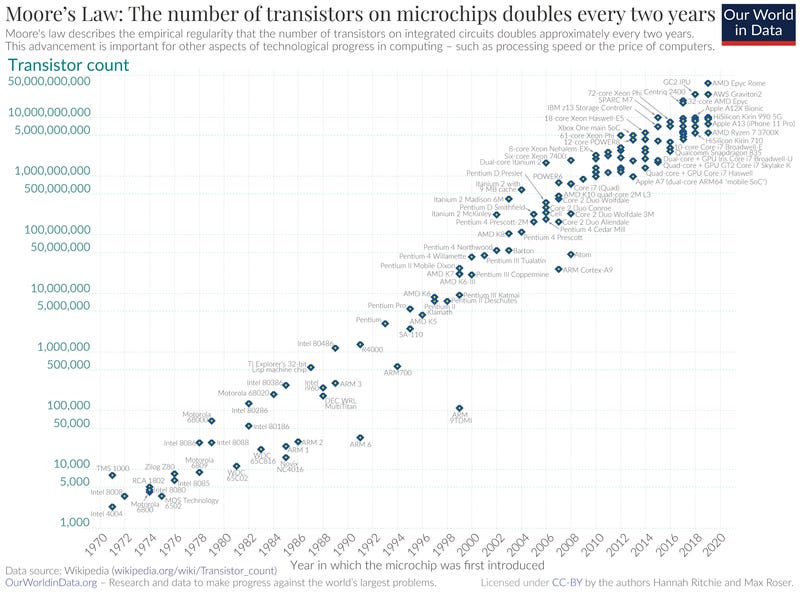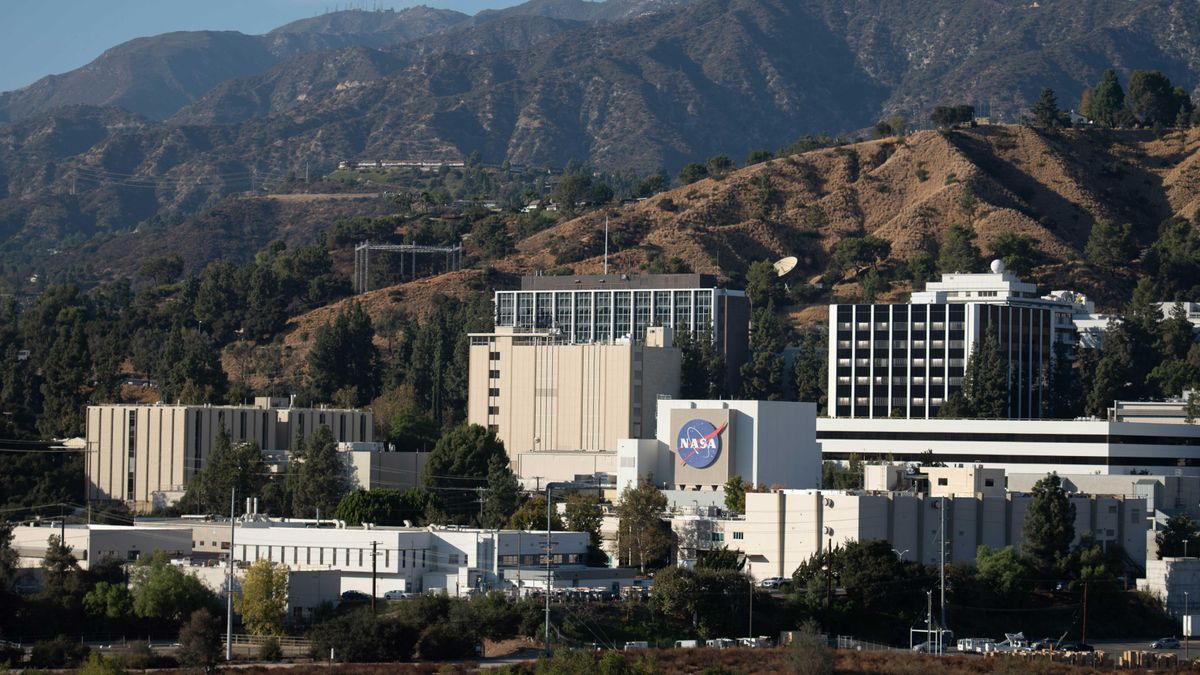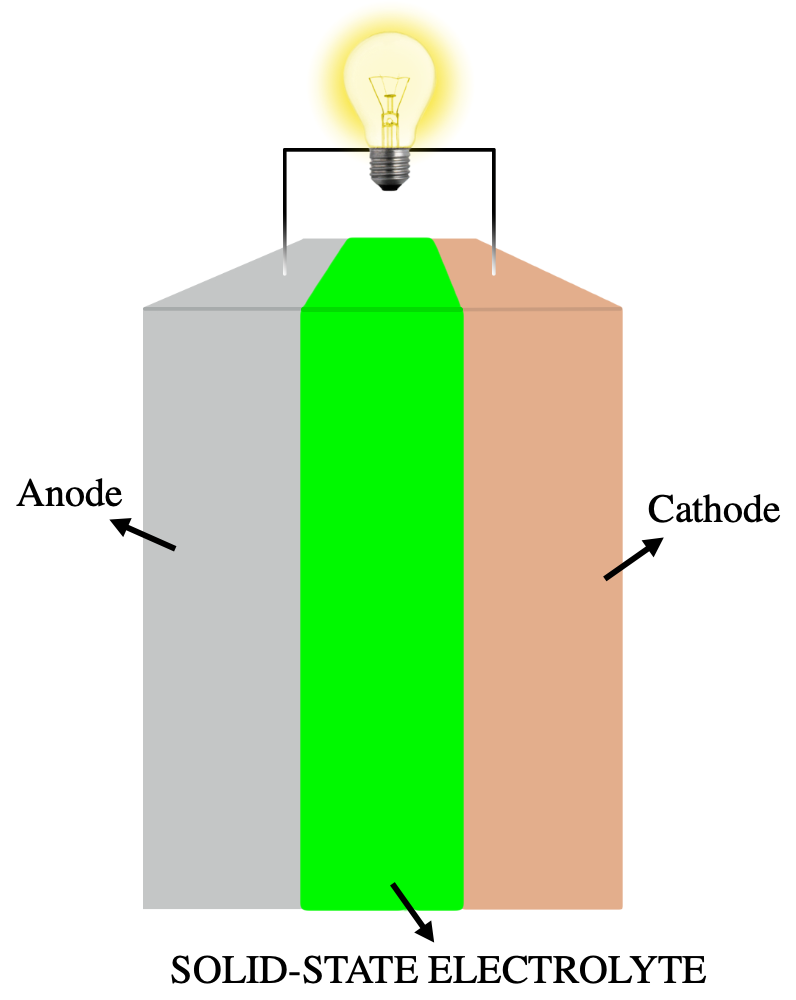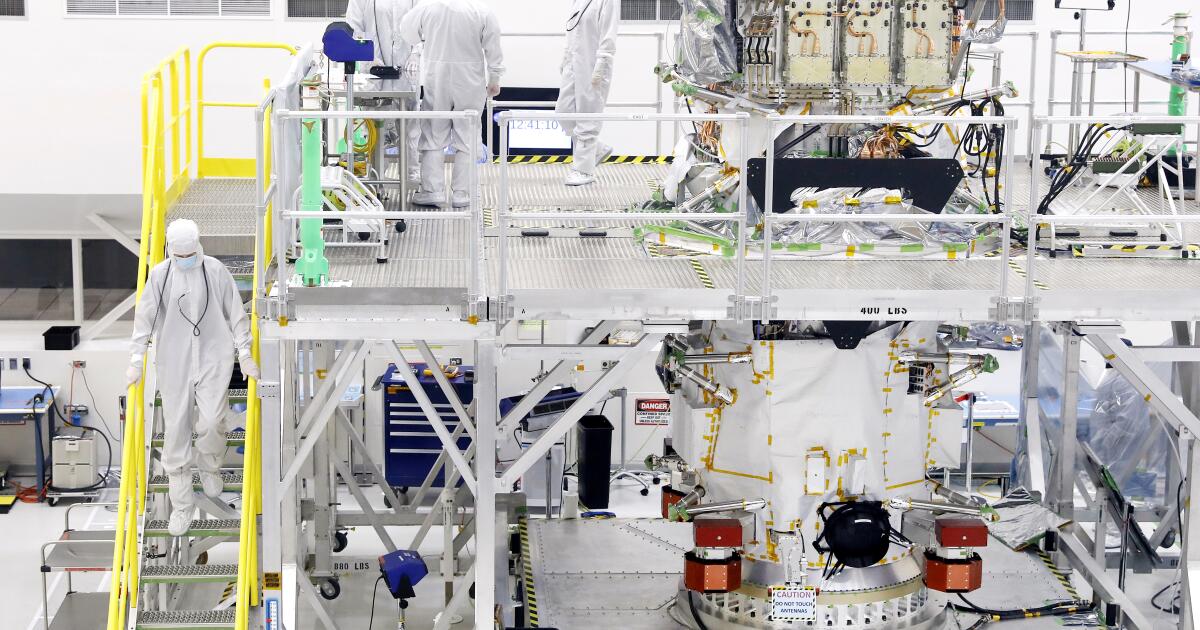
How Webb Stays in Focus
One of the most difficult challenges when assembling a telescope is aligning it to optical precision. If you don’t do it correctly, all your images will be fuzzy. This is particularly challenging when you assemble your telescope in space, as the James Webb Space Telescope (JWST) demonstrates.
Unlike the Hubble Space Telescope, the JWST doesn’t have a single primary mirror. To fit in the launch rocket, it had to be folded, then assembled after launch. For this reason and others, JWST’s primary reflector is a set of 18 hexagonal mirror segments. Each segment is only 1.3-meters wide, but when aligned properly, they act effectively as a single 6.5-meter mirror. It’s an effective way to build a larger space telescope, but it means the mirror assembly has to be focused in space.
To achieve this, each mirror segment has a set of actuators that can shift the segment along six axes of alignment. They are focused using a wavefront phase technique. Since light behaves as a wave, when two beams of light overlap, the waves create an interference pattern. When the mirrors are aligned properly, the waves of light from each mirror segment also align, creating a sharp focus.
